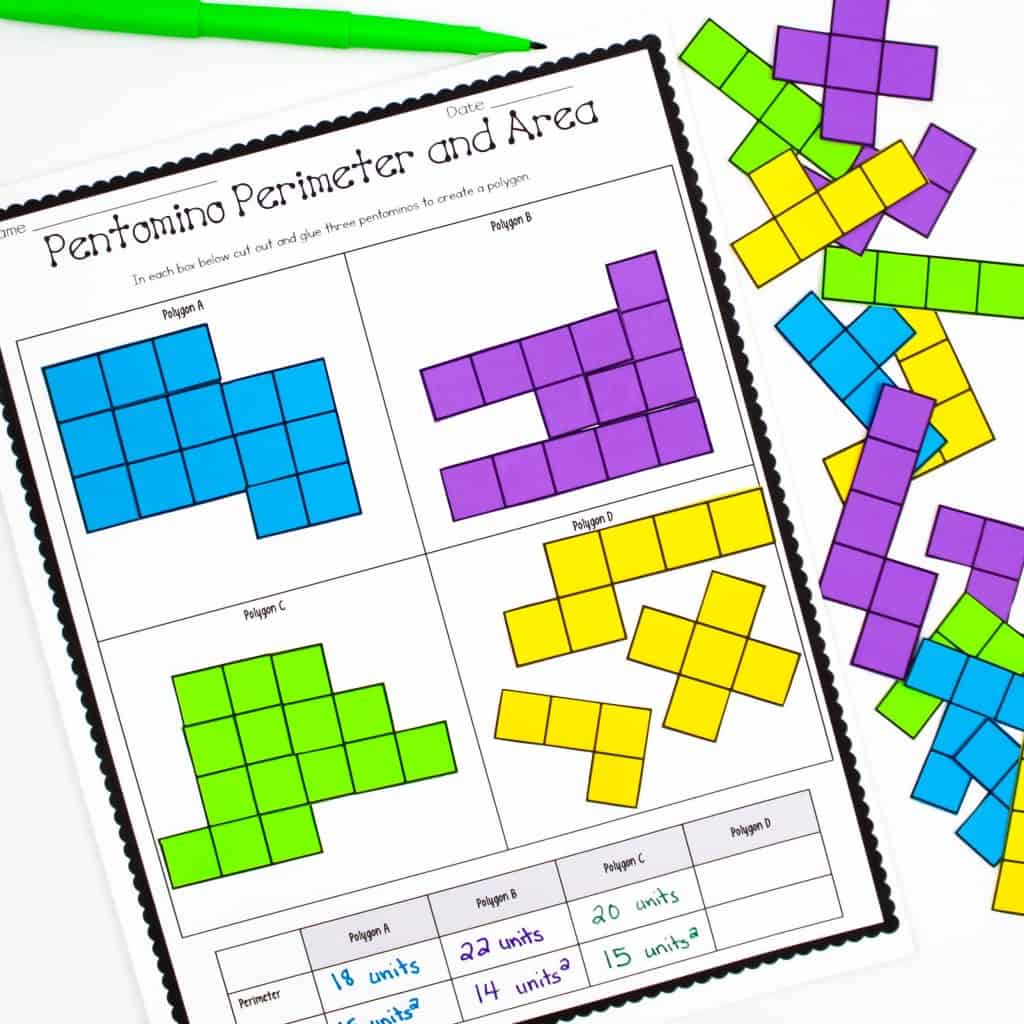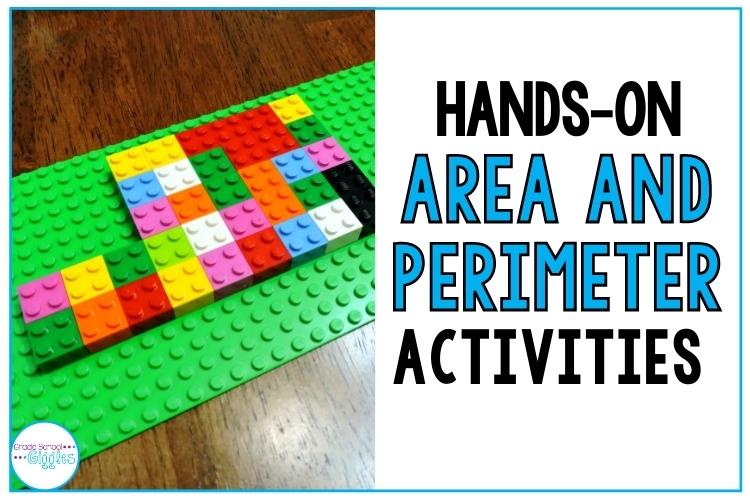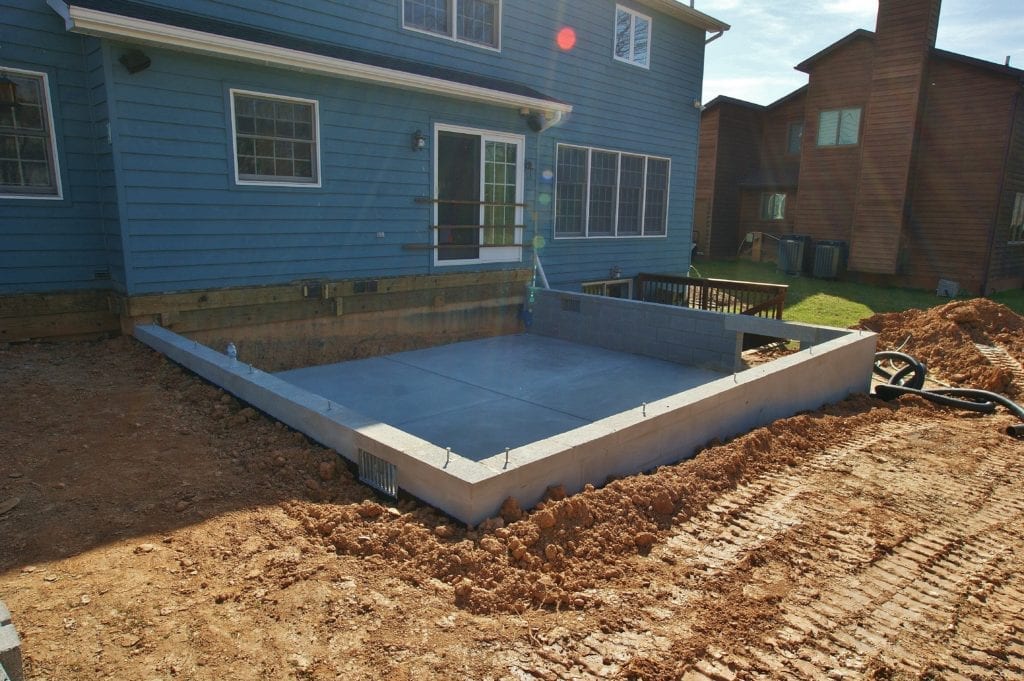Topic area and perimeter activities: Discover a variety of exciting and interactive area and perimeter activities designed to make learning geometry fun for students. From creative classroom projects to engaging games and real-life applications, these activities will help students understand and master the concepts of area and perimeter with ease and enjoyment.
Table of Content
- Area and Perimeter Activities
- Introduction to Area and Perimeter
- Creative Classroom Activities
- Hands-On Manipulatives and Tools
- Engaging Games and Puzzles
- Interactive Online Resources
- Real-Life Applications
- Advanced Activities
- YOUTUBE: Xem video Ca khúc về Diện tích và Chu vi cho Trẻ em | Lớp 3 - Lớp 4 để học vui vẻ về các hoạt động liên quan đến diện tích và chu vi.
Area and Perimeter Activities
1. Interactive Online Games:
Explore interactive games that engage students in calculating area and perimeter through fun challenges.
2. Printable Worksheets:
Download and print worksheets with varying difficulty levels to practice calculating area and perimeter of different shapes.
3. Real-World Scenarios:
Discover activities that involve real-world applications of area and perimeter, such as designing gardens or room layouts.
4. Hands-on Manipulatives:
Utilize physical materials like grids, tiles, or measuring tools to visually understand and measure area and perimeter.
5. Problem-solving Tasks:
Engage in problem-solving tasks that require students to apply area and perimeter concepts to solve mathematical challenges.
| Activity Type | Description |
|---|---|
| Interactive Game | Online game where students calculate area and perimeter to build virtual structures. |
| Printable Worksheet | Worksheet featuring multiple shapes for area and perimeter calculation practice. |
| Real-World Scenario | Designing a garden layout using given area and perimeter constraints. |
Engaging students in interactive and practical activities enhances their understanding and application of area and perimeter concepts.

READ MORE:
Introduction to Area and Perimeter
Understanding area and perimeter is fundamental in geometry. Area measures the amount of space inside a shape, while perimeter is the total distance around the shape. Both concepts have practical applications in various real-world scenarios and are crucial for developing spatial awareness and problem-solving skills.
To begin, consider a rectangle. The area \(A\) is calculated by multiplying its length \(l\) by its width \(w\):
\[ A = l \times w \]
The perimeter \(P\) is the sum of all its sides:
\[ P = 2l + 2w \]
Let's explore these concepts further with some engaging activities and examples.
- Using Manipulatives: Hands-on activities with square tiles or LEGO bricks help visualize area and perimeter. Students can create shapes and calculate their dimensions, reinforcing the concepts effectively.
- Real-World Applications: Measuring the area and perimeter of classroom sections or objects around them makes learning tangible. Using floor tiles or tape to outline spaces, students can practice calculating these measurements.
- Creative Projects: Activities like designing a tiny house or building a kite incorporate area and perimeter calculations, making the learning process fun and relevant.
- Interactive Games: Engaging games such as "Island Conquer" where students create islands on a grid and calculate the area and perimeter can enhance understanding through play.
- Mathematical Explorations: Encouraging students to manipulate shapes to explore different perimeters with a fixed area helps deepen their comprehension of these concepts.
By integrating these varied approaches, students can develop a robust understanding of area and perimeter, setting a strong foundation for more advanced geometric studies.
Creative Classroom Activities
Engage your students in learning area and perimeter with these creative and interactive classroom activities. These hands-on approaches will make the concepts more relatable and enjoyable for students.
-
Design and Build Structures:
Using materials like popsicle sticks, straws, or cardboard, challenge students to design and build structures. They will then calculate the area and perimeter of their creations, encouraging hands-on learning and critical thinking.
-
Real-life Scavenger Hunt:
Take students outside the classroom to search for objects with different shapes and sizes. Have them measure and calculate the area and perimeter of the objects they find, connecting math to the real world.
-
Area and Perimeter Bingo:
Create a bingo game where students must calculate the area and perimeter of the shapes called out by the teacher. This interactive game reinforces the concepts while making learning fun.
-
Art Integration:
Combine art and math by creating artwork that involves calculating area and perimeter. Students can use colors and patterns to represent the different dimensions of shapes.
-
Create a Floor Plan:
Ask students to design and draw a floor plan of their dream house or a new classroom layout. They will calculate the area and perimeter of each room, making the activity practical and engaging.
-
Pizza Party:
Organize a "Pizza Party" activity where students pretend to be pizza chefs. They need to calculate the area of a pizza and determine how many slices they can get from it. This activity makes learning tasty and fun.
-
Outdoor Chalk Activities:
Take learning outdoors and provide students with chalk to draw shapes and calculate their area and perimeter on the ground. This tactile experience helps reinforce the concepts.
-
Giant Board Games:
Bring life-sized board games into the classroom. Students create game boards with different shapes and sizes, calculate the area and perimeter of each section, and play the games.
-
Interactive Online Tools:
Utilize interactive online tools and apps that make learning area and perimeter engaging. Websites like Khan Academy and Math Playground offer interactive activities and quizzes to reinforce the concepts.
Hands-On Manipulatives and Tools
Engaging students in hands-on activities with manipulatives and tools can significantly enhance their understanding of area and perimeter. Here are some creative methods and tools to make learning these concepts more interactive and enjoyable.
- Square Post-It Notes: Use square post-it notes to create visual representations of area and perimeter. Students can configure the notes in different shapes and calculate the area and perimeter of each configuration.
- Tape and Floor Tiles: Utilize square floor tiles and tape to explore area and perimeter in real-world settings. Students can tape the perimeter of the classroom or specific sections and then calculate the area using square foot units. This method reinforces concepts every time students move around the classroom.
-
Pattern Blocks: Introduce pattern blocks such as hexagons, trapezoids, squares, triangles, and rhombuses. These blocks help students understand perimeter by creating shapes and calculating their perimeter. This method is particularly useful for advancing beyond basic rectangles.
- Identify the different shapes and their side lengths.
- Create shapes with specific perimeter requirements.
- Record the results and explore alternative configurations.
- Geoboards: Geoboards are excellent for teaching both area and perimeter. Students use rubber bands to create shapes on the boards and then calculate the area and perimeter of each shape. This tactile approach makes abstract concepts more tangible.
- Interactive Online Tools: Leverage digital resources like interactive worksheets and online games that provide immediate feedback. These tools can make the learning process more engaging and allow for self-assessment.
Using these hands-on manipulatives and tools, students can gain a deeper, more practical understanding of area and perimeter while enjoying the learning process.
Engaging Games and Puzzles
Engaging students in the concepts of area and perimeter can be made fun and interactive through games and puzzles. Here are some creative ideas to incorporate these into your classroom:
- Area and Perimeter Bingo: Create a bingo game where students must calculate the area and perimeter of shapes called out by the teacher. This makes learning interactive and exciting.
- Island Conquer Game: Students plot rectangles or "islands" on a grid and calculate the area and perimeter. The student with the most island area at the end wins.
- Puzzle Activity: Use jigsaw puzzles where students calculate the area or perimeter of the pieces to complete the puzzle, enhancing spatial reasoning skills.
- Classroom Design Challenge: Students design their ideal classroom layout, considering the area and perimeter of each component. This practical activity applies their knowledge to real-life situations.
- Real-Life Scavenger Hunt: Take students outside to search for objects with different shapes. They measure and calculate the area and perimeter of these objects, connecting math to the real world.
- Giant Board Games: Create life-sized board games in the classroom. Students can design game boards with different shapes, calculate the area and perimeter of each section, and play the games.
These activities make learning about area and perimeter more engaging and help students develop a deeper understanding of the concepts.

Interactive Online Resources
- : An interactive tool where students can manipulate shapes to understand area and perimeter.
- : Offers a variety of games and activities to practice and master area and perimeter concepts.
- : Interactive exercises with immediate feedback to reinforce learning of area and perimeter calculations.
- : Provides engaging games and challenges to apply area and perimeter skills in a fun way.
- : Includes comprehensive lessons and interactive quizzes covering area and perimeter for various grade levels.
Real-Life Applications
- Designing a Garden: Calculate the area for planting different vegetables and flowers.
- Room Renovation: Determine the perimeter for buying wallpaper or paint.
- Constructing a Playground: Plan the area for playground equipment and the perimeter for fencing.
- Building a House: Calculate the total area of rooms and perimeter for landscaping.
- Creating a Sports Field: Measure the area for various sports activities and the perimeter for boundary lines.
Advanced Activities
- Calculating Area of Irregular Shapes: Break down complex shapes into simpler ones for accurate area measurement.
- Volume Applications in Area and Perimeter Projects: Explore how volume calculations relate to three-dimensional area and perimeter contexts.
- Advanced Perimeter Challenges: Create puzzles and challenges involving intricate perimeter calculations.
- Exploring Surface Area: Apply area and perimeter concepts to calculate surface area of various geometrical solids.
- Geometric Constructions: Use compass and straightedge to construct shapes and explore their properties related to area and perimeter.
Xem video Ca khúc về Diện tích và Chu vi cho Trẻ em | Lớp 3 - Lớp 4 để học vui vẻ về các hoạt động liên quan đến diện tích và chu vi.
Ca khúc về Diện tích và Chu vi cho Trẻ em | Lớp 3 - Lớp 4
READ MORE:
Xem video Tìm Chu vi và Diện tích của Hình hợp thành | Ví dụ hình chữ L | Hình học | Toán với Thầy J để học cách tính chu vi và diện tích của các hình hợp thành một cách chi tiết.
Tìm Chu vi và Diện tích của Hình hợp thành | Ví dụ hình chữ L | Hình học | Toán với Thầy J











